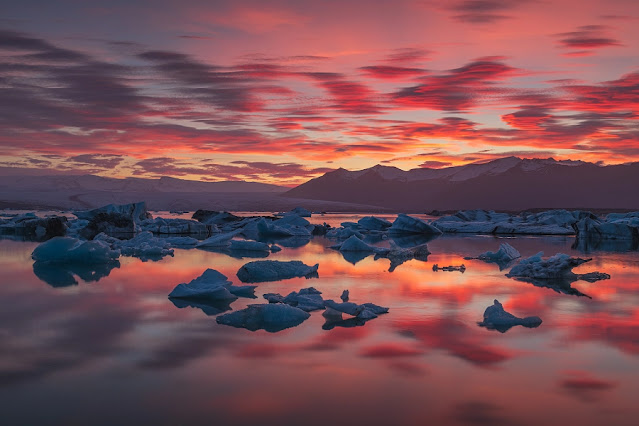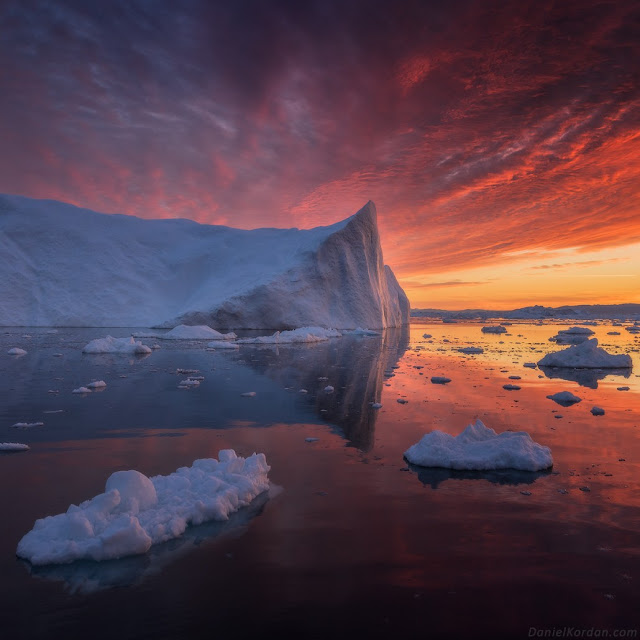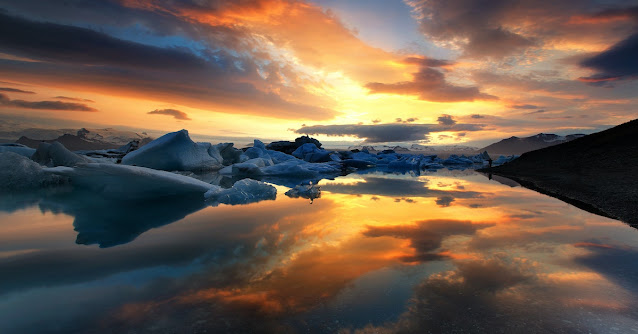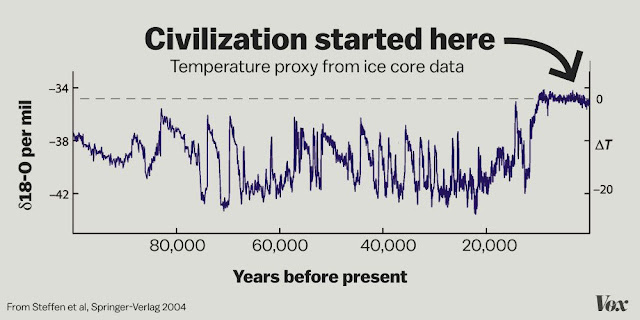What is the Snowball Earth hypothesis?
Have you ever wondered what Earth looked like hundreds of millions of years ago? Well, some scientists think that it was a giant ball of ice, with no liquid water or life on the surface. This idea is called the Snowball Earth hypothesis , and it proposes that Earth experienced one or more periods of global glaciation between 2.4 billion and 580 million years ago. How do we know that Earth was frozen? One of the main pieces of evidence for the Snowball Earth hypothesis is the presence of glacial deposits in rocks that formed near the equator at that time. Glacial deposits are sediments that are carried and deposited by glaciers, such as sand, gravel, and boulders. These deposits are usually found in high latitudes, where glaciers are common today. But some ancient rocks from places like Australia, India, and Norway contain glacial deposits that indicate that they were covered by ice sheets in the past. This suggests that the whole planet was cold enough for ice to form at low latitud...


















